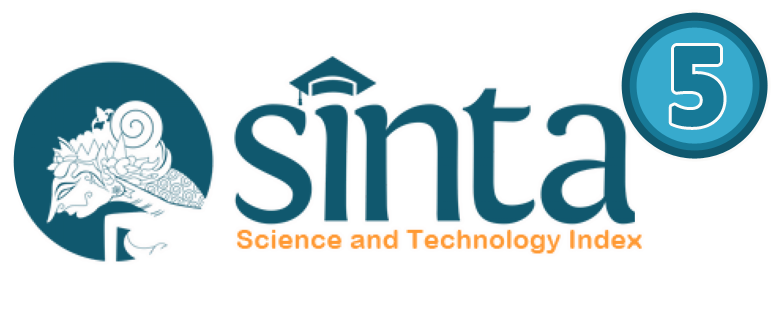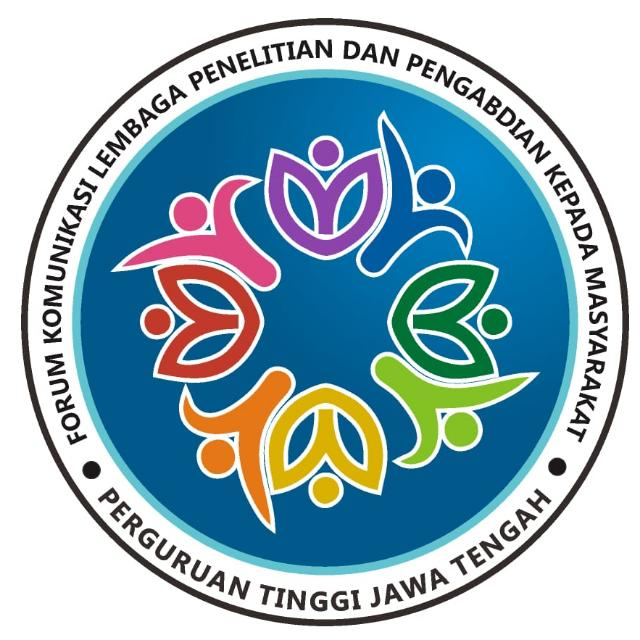MEMBERIKAN PEMAHAMAN TENTANG PENGHAPUSAN ESELON III DAN IV PADA PEGAWAI DINAS LINGKUNGAN HIDUP KABUPATEN BLORA
DOI:
https://doi.org/10.33061/awpm.v5i1.4639Abstract
Bureaucracy has a heavy duty to implement the government’s vision and mission. Therefore, reliable, integrated, honest, capable, and high-motivation personnel are required. Bureaucratic reform should be implemented using master plan of human resource with massive bureaucratic simplification, because the existing bureaucratic is too long. The position of ASN (State Civil Apparatuses) will be based on functional position only, requiring more skill and competency. In bureaucratic reform, ASN faces a problem, that is, government’s plan to remove structural post of echelons III and IV. The government wants to break the too long procedure in bureaucracy and expect to accelerate decision making and to accelerate public service when bureaucratic reduction is implemented. There are some solutions to the problem discussed, among others: a. amending ASN Law, particularly related to ASN position and ASN management; b. reorganizing the institutional structure (central and regional) in order to adapt to the bureaucratic function needed; c. reinforcing the integrated carrier building for ASN personnel emphasizing more on functional position; d. the establishment of work relation pattern and inter-function coordination that can project the quick and simple bureaucratic working system; changing ASN personnel’s mindset into work professionalism-orientation based on merit system. Internal expectation in the discussion resulting from this socialization includes: a) Regency Government gives inadequate socialization to ASNs, so that they have not understood completely the echelon removal policy; b) the echelon officials approaching pension age can accept the echelon removal policy; c) the young and productive echelon officials prefer structural position because they get more facilities and wellbeing than they do in functional position; d) potential staffs often attend education and training, have visionary perspective, and prefer functional position because they can get position promotion more quickly impacting on the increasing income; e) the staffs without structural position prefer functional position because their pension age can be up to 60 years. Recommendation and expectation to be obtained from this socialization is that all ASNs in DLH Blora will acquire complete information on echelon removal plan and keep their working spiritDownloads
References
Azizy, A. Qodri. Change Management dalam Reformasi Birokrasi. 2007, Jakarta:
PT: Gramedia Pustaka Utama
Ernawan, E. 1988. Peranan Birokrasi Terhadap Peningkatan Efektifitas
Pengambilan Keputusan di Perusahaan Besar. Jakarta: Universitas Indonesia.
Said, M. Masud. 2007. Birokrasi di Negara Birokratis: Makna, Masalah dan
Dekonstruksi Birokrasi Indonesia. Malang: UMM Press.
Al-Barry, M. Dahlan. 1994. Kamus Ilmiah Populer. Surabaya: Arkola.
Pasolong, Harbani. 2008. Kepemimpinan Birokrasi. Bandung: Alfabeta
Sulistio, Budi dan Budi, Waspa Kusuma. 2009. Birokrasi Publik (perspektif Ilmu
Administrasi Publik). Lampung: Adranaya.
Kumorotomo, Wahyudi. 2008. Akuntabilitas Birokrasi Publik, Sketsa Pada Masa
Transisi. Yogyakarta: Magister Administrasi Publik (MAP) dan Pustaka Pelajar.
Dwiyanto, Agus. 2006. Mewujudkan Good Governance Melalui Pelayanan Publik.
Yogyakarta: Gadjah Mada University Press.
Sedarmayanti. 2009. Reformasi Administrasi Publik, Reformasi Birokrasi dan
Kepemimpinan Masa Depan (Mewujudkan Pelayanan Prima dan Kepemerintahan yang Baik). Bandung: Refika Aditama.
Wiyanto, Agus, dkk. 2002, Era Reformasi Birokrasi Publik di Indonesia, Yogyakarta:
Pusat Studi Kependudukan dan Kebijakan UGM.
Downloads
Published
How to Cite
Issue
Section
License
- Hak publikasi atas semua materi informasi yang tercantum dalam situs jurnal ini dipegang oleh dewan redaksi/editor dengan sepengetahuan penulis. Pengelola Jurnal akan menjunjung tinggi hak moral penulis.
- Aspek legal formal terhadap akses setiap informasi dan artikel yang tercantum dalam situs jurnal ini mengacu pada ketentuan lisensi Creative Commons Atribusi-NonCommercial-No Derivative (CC BY-NC-ND), yang berarti bahwa hanya dengan izin penulis, informasi dan artikel Jurnal PKM dapat didistribusikan ke pihak lain dengan tanpa merubah bentuk aslinya untuk tujuan non-komersial.
- Setiap terbitan Jurnal PKM, baik cetak maupun elektronik, bersifat open access untuk tujuan pendidikan, penelitian, dan perpustakaan. Di luar tujuan tersebut, penerbit atau pengelola jurnal tidak bertanggung jawab atas terjadinya pelanggaran hak cipta yang dilakukan oleh pembaca atau pengakses.




















